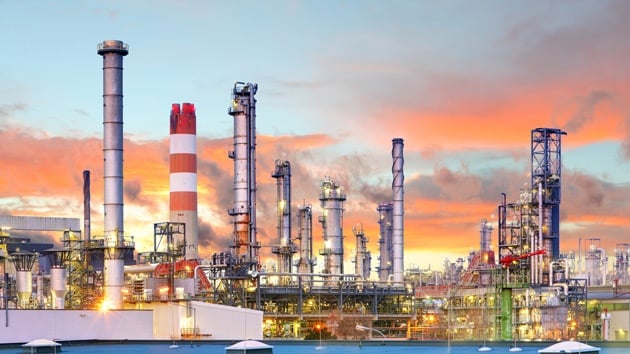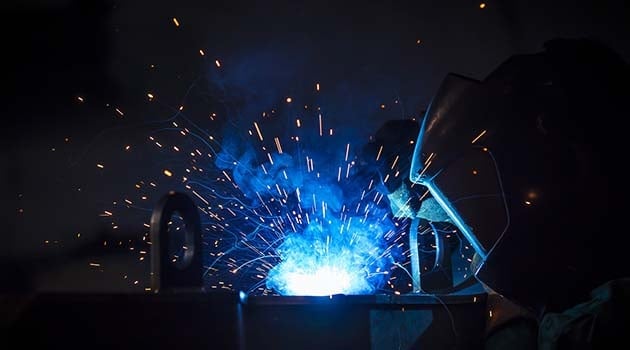
We love our alloys here at Corrotherm International, and there's so much to say about some of them, there's just too much to get into one article. So we thought we'd revisit INCONEL alloy 625, one of the most versatile alloys around, and take a look at some of the industries that benefit from its robust qualities.
In our previous blog post on INCONEL 625 we saw how the versatility of this incredible alloy has made it a stalwart material that's been put to work across numerous industries for over half a century.
In particular, we looked at its applications in fuel refineries and how its durability in a wide variety of demanding corrosive environments make it an indispensable material for this industry.
In this second product focus feature, we’ll continue to explore how the unique characteristics of INCONEL 625 are being employed to generate power and energy, as well as its surprising applications in the marine and aerospace industries - and even look at how it might be put to use in the future.
Waste-to-Energy
The combustion of refuse to generate steam for heat or power generation applications is a key part of environmentally sound refuse disposal programmes. However, the high levels of halides often found in municipal waste (as much as 0.5% in some cases) make for a highly corrosive environment at high temperatures.
With a minimum of 58% nickel content, INCONEL 625 pipe is well suited to high halide environments, as nickel-based alloys have been proven to be remarkably resistant to halogen attack. In fact, alloy 625 has been the most widely used alloy in refuse boilers for this very reason. With general consensus being that its corrosion rate is less than 0.25mm/y (10 mpy), INCONEL 625 alloy is thought to outperform steel tubing in these kinds of environments by at least a factor of 10.
From Sea Water to Aerospace
Another climate in which INCONEL 625 seamless pipe excels is sea water. Its high nickel content provides excellent resistance to chloride ion stress corrosion which, combined with high tensile strength and freedom from local attack (pitting and crevice corrosion), make it the perfect material for many marine applications. Typical marine applications of INCONEL 625 include steam liner bellows, sheathing for undersea communication cables, and various submarine components such as auxiliary propulsion motors and quick-disconnect fittings.
As well as displaying high tensile strength, INCONEL 625 also has high creep strength, high rupture strength and excellent weldability. These features make it equally suited to aerospace applications, which include ducting and exhaust systems, turbine shroud rings and seals and thrust reverser systems.
The Future of INCONEL 625
As we all continually strive to reduce the environmental impact of generating energy and disposing of waste, it’s likely INCONEL 625 alloy will play a crucial role in the future worldwide growth of municipal waste-to-energy systems and refuse-derived fuel plants.
What’s more, as solar energy becomes increasingly popular, INCONEL 625 pipe may see further application in solar power plants. Many use hot salt, which is heated to between 621 and 635°C (1150-1175°F) by the sun, to operate electric generators at night. The eutectic mixture of potassium and sodium nitrate used in this process makes for a corrosive environment that requires tubing made from the extremely durable INCONEL 625.
Although it's been a critical construction material in many industries for over half a century, INCONEL 625 doesn’t look like it’s going to be superseded anytime soon.
In fact, with such incredible performance across a diverse and ever-growing range of applications, it seems likely that INCONEL alloy 625 will still be in use in another 50 years.
If you have an application where you think INCONEL 625 might be the answer, contact our sales team here.
 Applications of Inconel 625 Alloy
Applications of Inconel 625 Alloy

